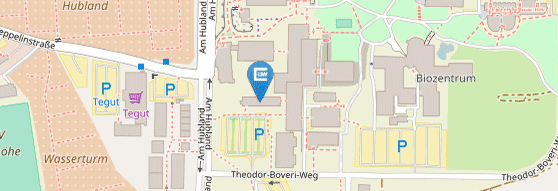Project 1
Synthesis, complexation Properties, and Hierarchical Organisation of Makrozyclic Assemblies of Perylene Bisimide Dyes
Project leader:
Frank Würthner
Institut für Organische Chemie
Julius-Maximilians-Universität Würzburg
Am Hubland, 97074 Würzburg
Phone: +49 931 31-85340
E-Mail: wuerthner@chemie.uni-wuerzburg.de
URL: https://www.chemie.uni-wuerzburg.de/oc/lehrstuehlearbeitskreise/wuerthner/
Based on the synthetic methods that we developed in the first funding period for the synthesis of perylene bisimide macrocycles (dimers up to nonamers) the second funding period is focused on the utilization of such macrocycles as supramolecular hosts for the complexation of functional guest molecules (aromatics, dyes, fullerenes, catalysts) as well as the self-assembly of macrocycles in solution and on surfaces into larger supramolecular assemblies. Within the family of supramolecular hosts we are most interested in perylene bisimide cyclophanes whose cavity size and shape can be tailored for the complexation of larger aromatic guest molecules. Particularly interesting guest molecules are alkaloids (sensor applications) and catalysts. The former shall induce CD effects in the perylene bisimides of the macrocyclic hosts, the latter shall - just opposite - afford enantioselectivity due to the utilization of a chiral cyclophane environment. As larger host molecules we will employ in particular trimeric macrocycles and metallosupramolecular tetrahedra. By the synthesis of planar macrocycles (i.e. without bulky groups) we intend to obtain tubular aggregates by self-assembly. The interior of these tubes will be filled with electron rich guest molecules for photovoltaic applications. To control self-assembly processes of these molecules we will equip them furthermore with exoreceptors for the coordination of metal ions to enable two- and three-dimensional self-assembly into highly porous structures which may be amorphous or crystalline. These structures will expand the currently known ones in the area of metal-organic frameworks (MOFs).

